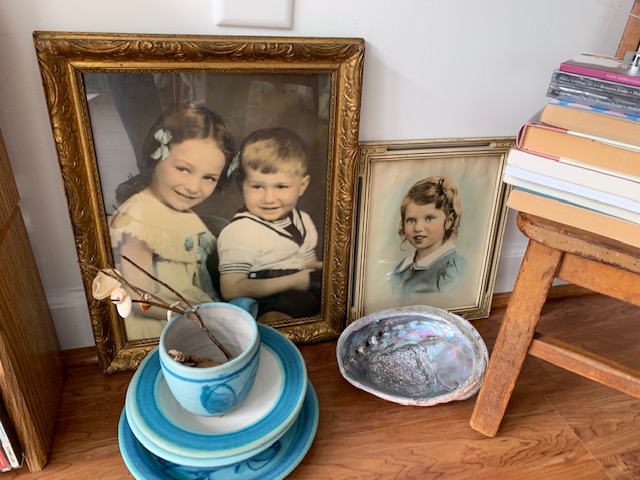
28 Aug Image Proliferation
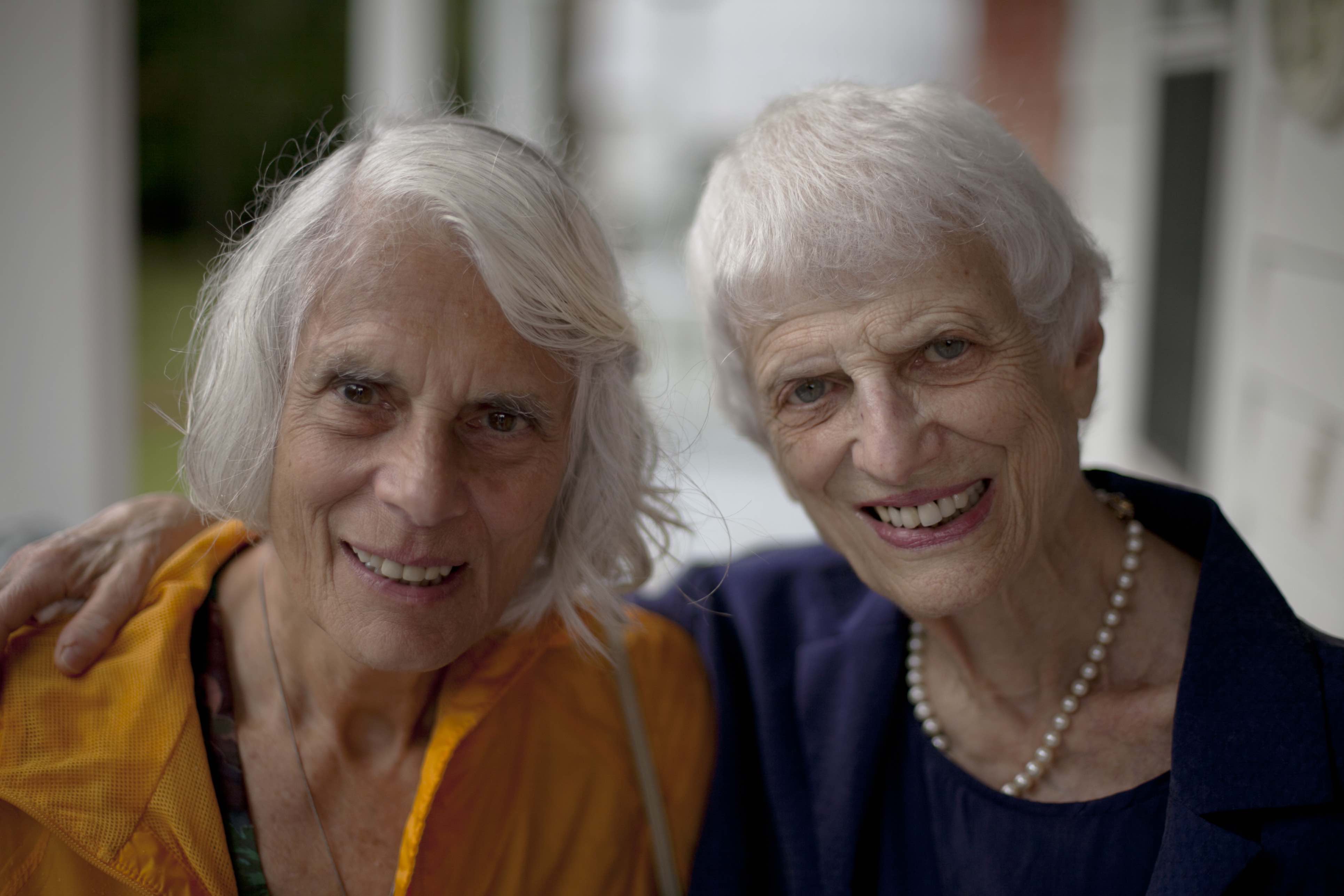
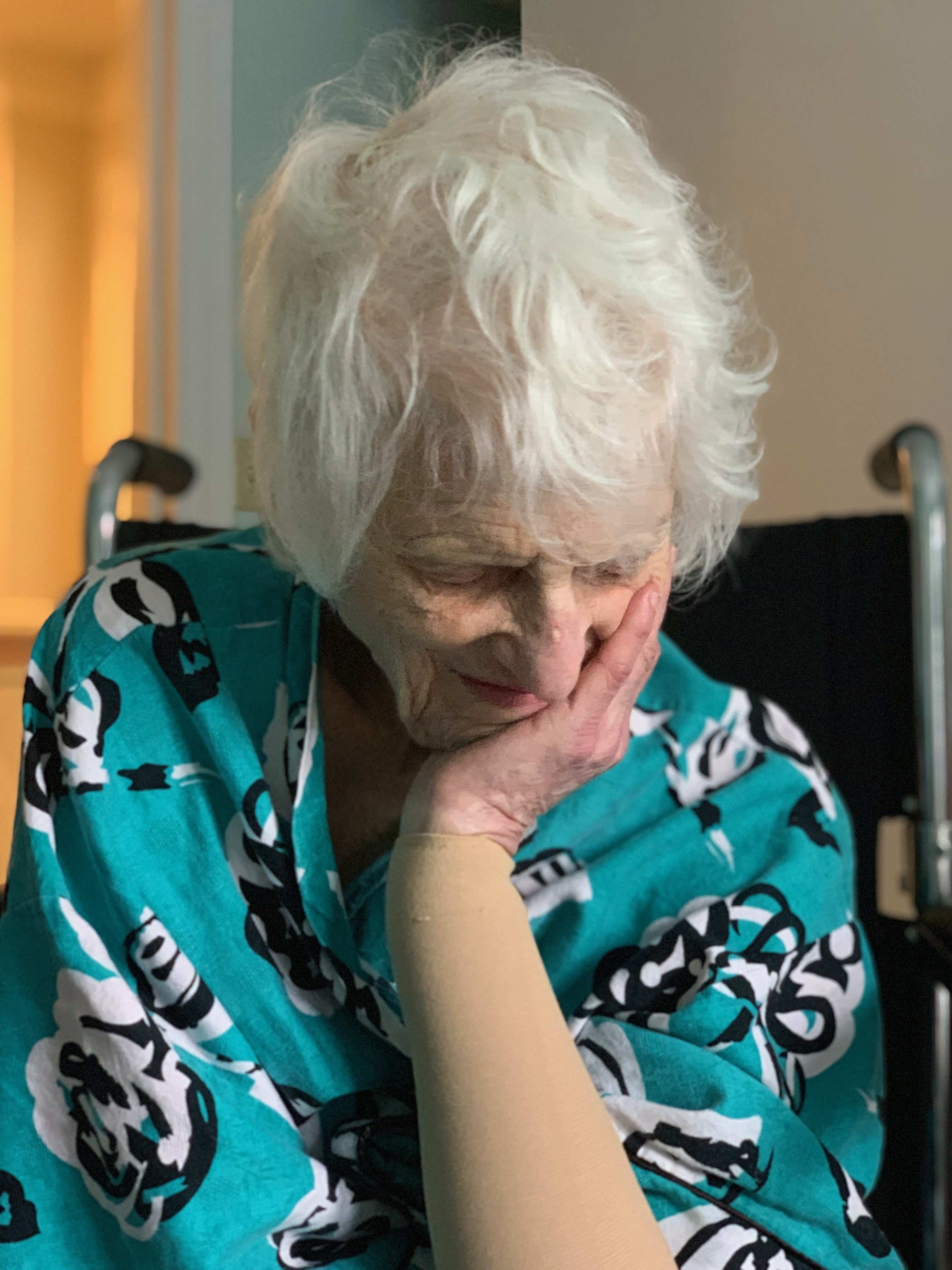
I have been thinking a lot about images and how their meaning shifts and changes on both a micro and macro level. Individual images gain meaning through the passage of time. Something that feels so normal as to be not worthy of anyone’s attention at one time might spark intense levels of wistful affection 20 years later. At the same time, the meaning of images in general is shifting as we become absolutely inundated by a digital universe wherein every object and setting not only gets constantly memorialized, but those images become part of a kind of de-facto public record of our universe that shifts and changes in such a way as to be blinding.
When the first photographic images began to be produced, they were mind-blowing to people. At the first public screening of a train coming into the station, people ran from the screen. The fewer images we see, the more impact they have individually. Watching my daughter scroll through Instagram like it’s a slot machine tells me something about how the way in which we engage with images changes our brain. Editing gets faster and faster and the flow between the present and our experience of the present moment shifts and changes with these patterns and practices. Again, what does this all mean for how we relate to images and how do these images affect our sense of the world?
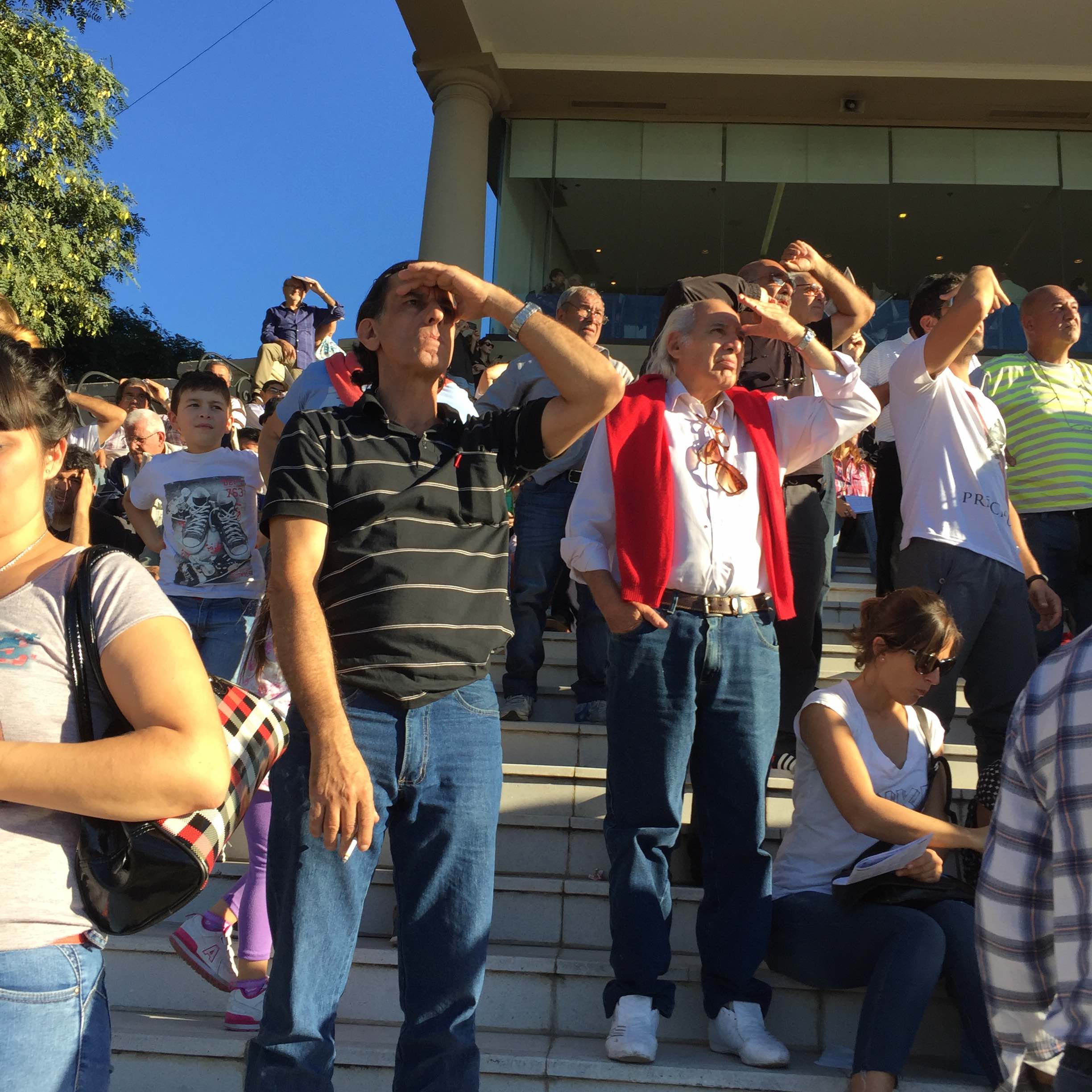
When we take a picture of something, are we recording the scene or the image of the scene? What happens to our memories when in the moment we are making instant images of it? More importantly: how will the meaning of these images in the future differ from our perception of images from previous generations? How will our future unspool differently than our past unspools at this moment?
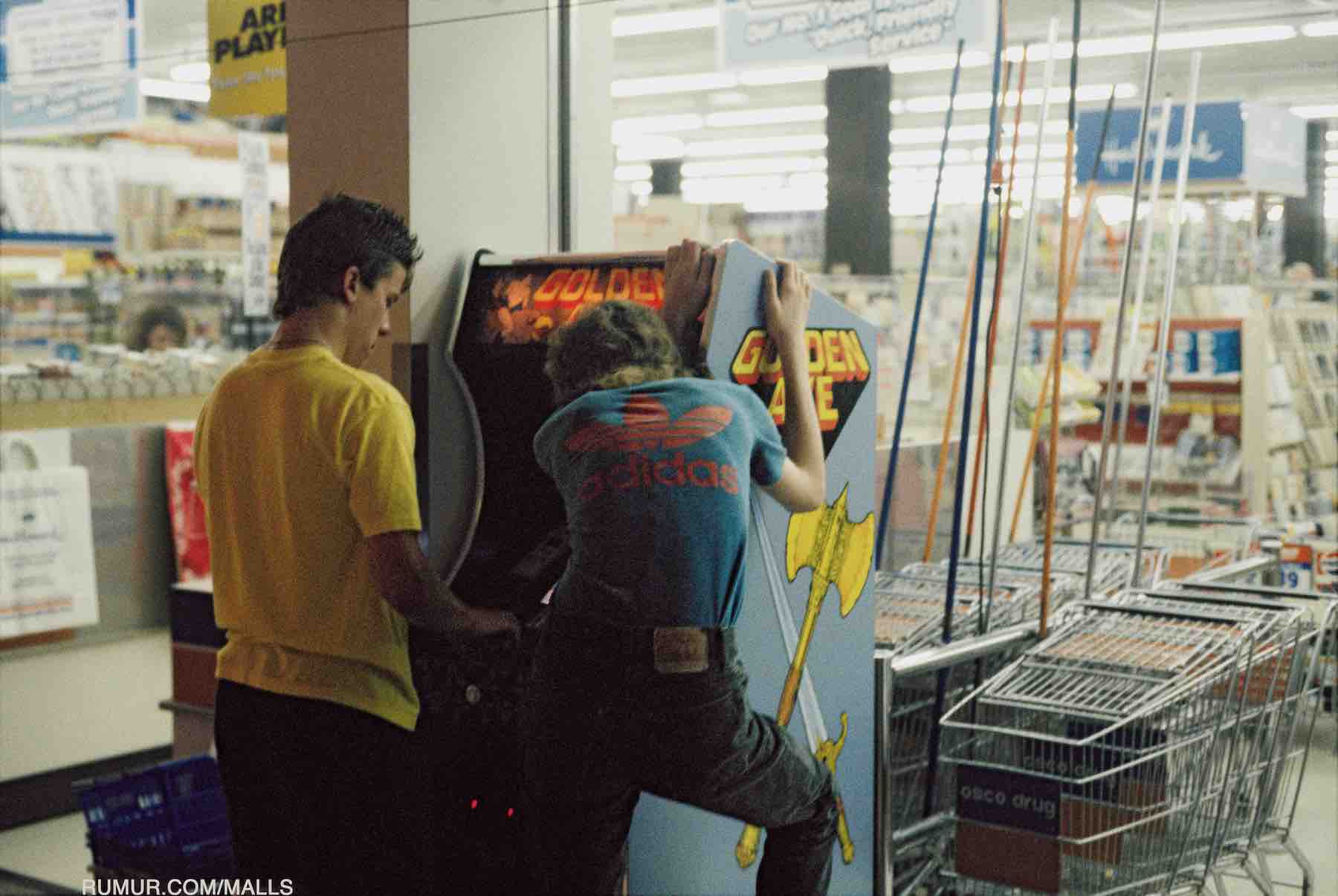
At yoga this morning, I was talking with my mat-mate about how past images seemingly spark in a different part of our brain; the place where past images reside. It seems to me (I have not fmri’ed it) that our memories move like data on our hard drives. Many of us who work with media have drives that contain our current projects. When the focus of our attention moves on, so do our drives. They move to a different location. Sometimes we can’t find them later when we need to access that data. Sometimes we stumble upon them and the data tumbles out in surprising ways that give us powerful surges of remembering. Our images and our brains work in a similar way. The thoughts we need to have quick access to hang around in a different part of our present memory than our less conscious memories from the past. The images that we shot the previous week still exist on our phones or cameras, and the memories of those events can easily accessed in the present memory area of our brains. The question becomes, if we take thousands – or tens of thousands of pictures – what kind of meaning do they have in the moment and what kind of meaning will they have later? How will they be stored? The latter question refers to both the physicality of these images and where they go in our memories. We used to have photo albums and boxes of photos. Now we have phones and hard drives and a few images on our refrigerators. Some of us make a book each year to record the passage of time. How will this all shift and change as everyone has a camera in their hand at all times?
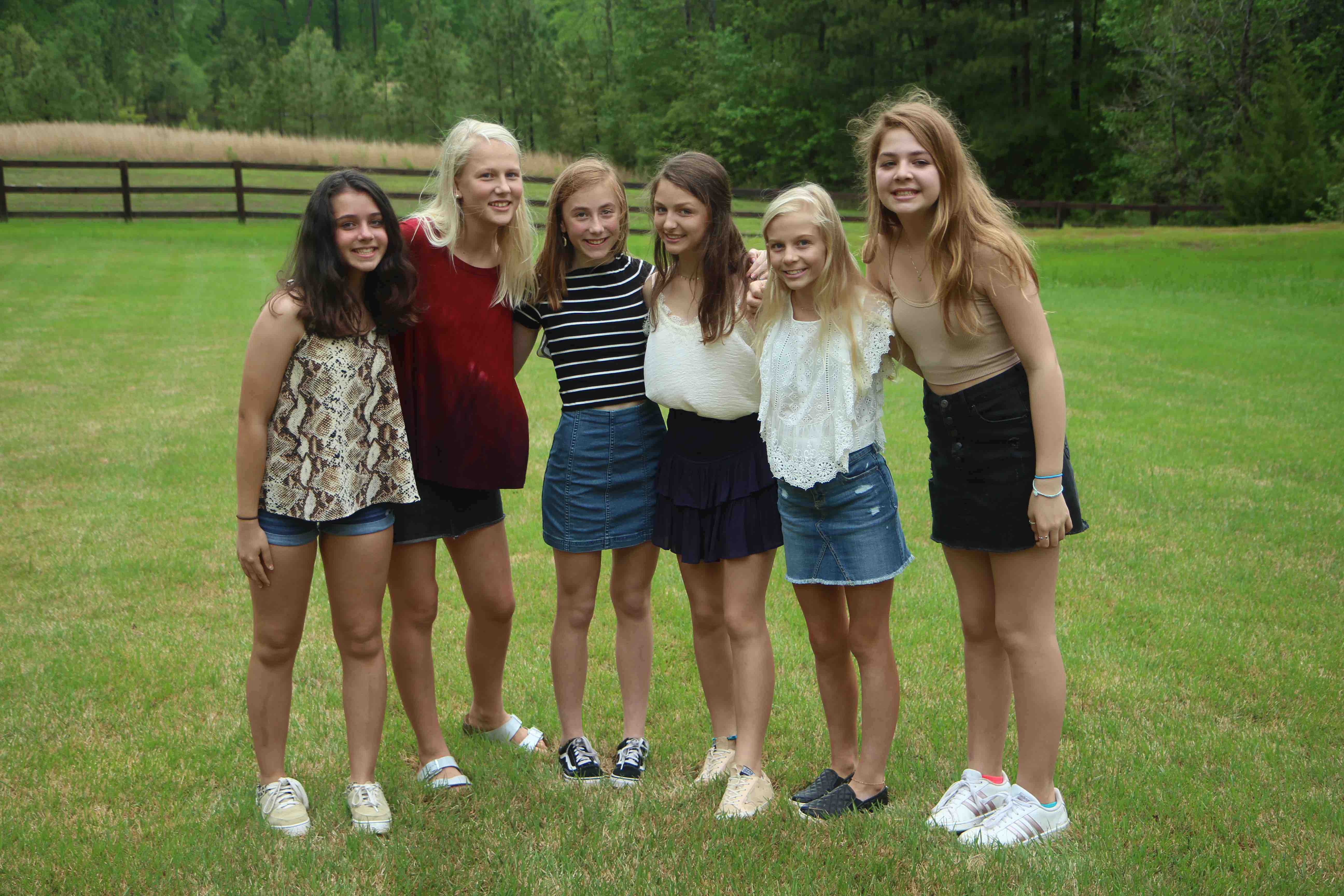
Part of the reason that I’m thinking about these issues is that a friend of mine was considering deleting thousands of images that he shot for a newspaper in the early 2000’s. His contention was that the events – ribbon cuttings, business openings, press conferences etc. – lack meaning and context. He couldn’t care less about them. However, he was recently really suffering because his family threw out his older negatives. I tried to explain to him that he can’t know what kind of meaning those images might have later on. I wonder what’s the harm in storing them on a drive? However, to him they are weight that he wants to let go of.
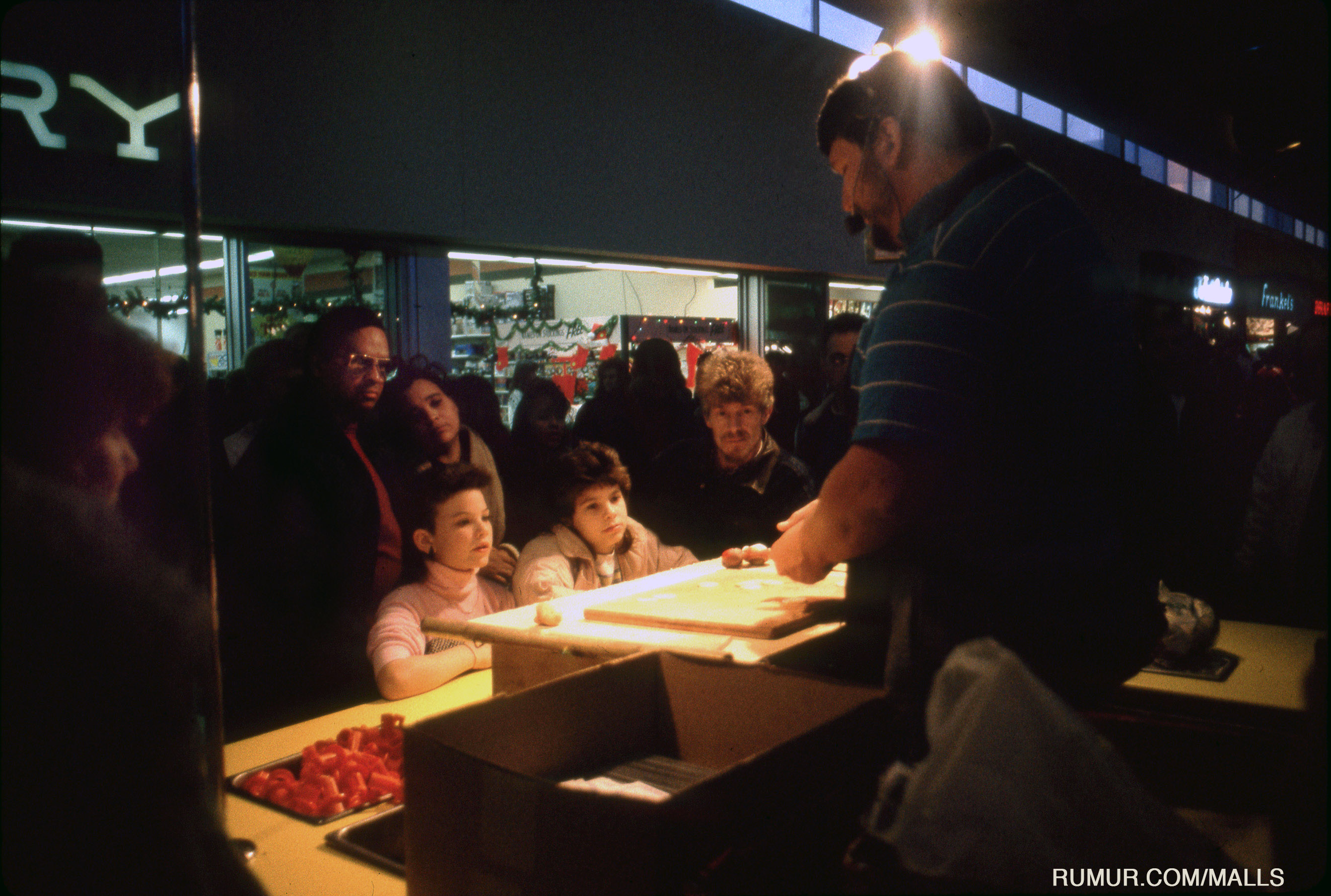
When I took my trip across the country to shoot in malls in 1989, I only had about 20 rolls of film. I had to be thoughtful about the images I made. Now people shoot that much in an afternoon. My friend wants to delete his images because he says he “overshot”. At the same time, it takes effort to delete them. Later he might be glad to have more to work with. I understand the desire to edit and get rid of things, but to me art, and images, are different. It’s better to have the material we need as we work on things. Still, having limited material can help us focus on what we are truly trying to express. However, I have always understood that the meaning of images changes over time.
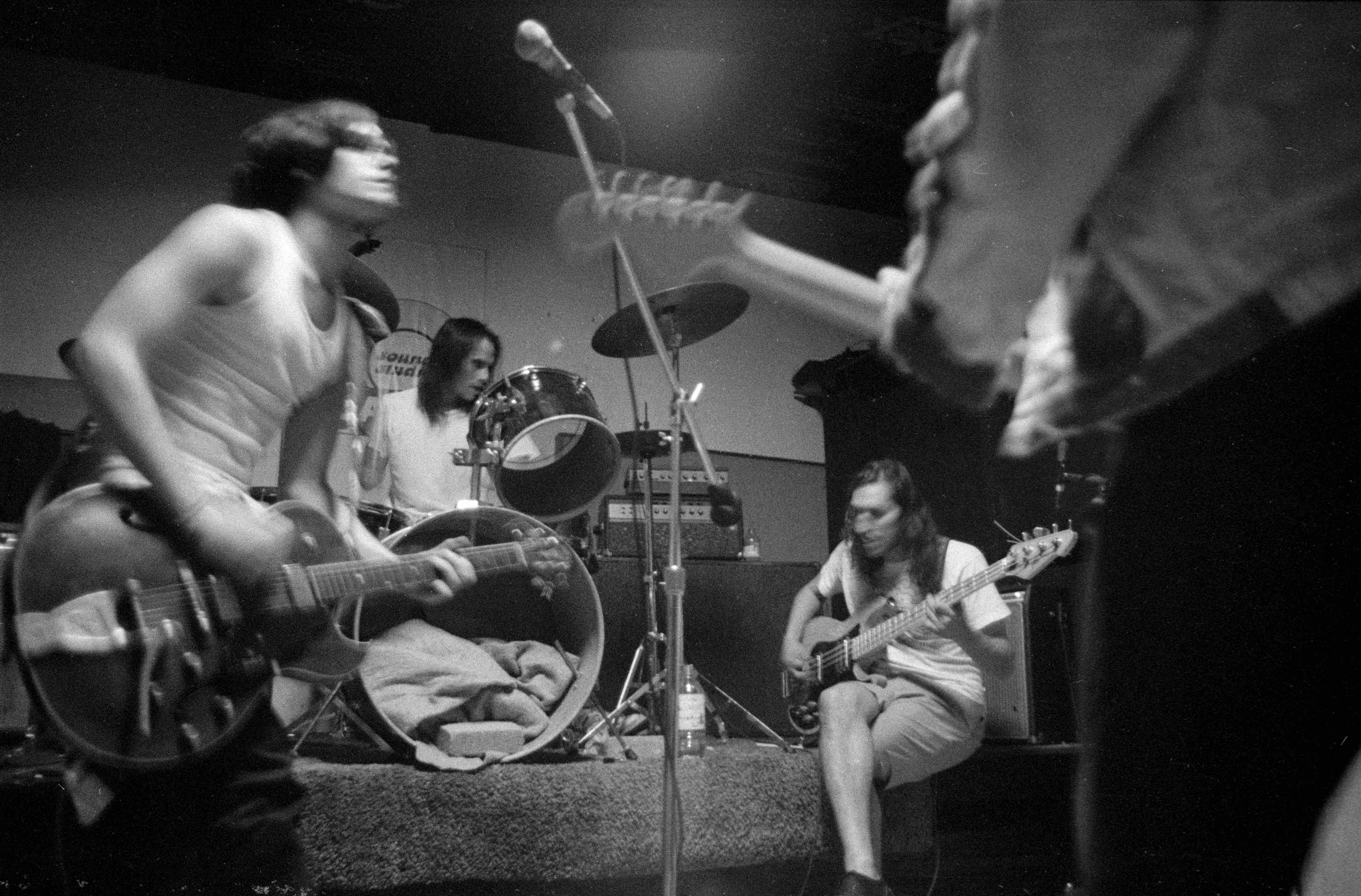
When I first started taking pictures of bands, I was very conscious of the importance of documenting performance from an historical perspective. I felt a duty to play that role as part of a small community. If someone else was taking pictures, I might not even take out my camera, and I shot less if I did. I had no outlet for the images, but I knew they would be important later. I know that this is true and I try to tell younger people that. I am constantly going through drives discovering things I’d forgotten about, or finding things that seemed kind of unimportant and realizing how glad I am that I shot them. In the past few weeks, a couple of deeply talented musicians took their own lives. Our culture doesn’t value the artists who challenge us in subtle ways. We’d rather throw money at things that make us feel more comfortable. I’m crushed by the deaths of these folks – who had respect, but so little space and real support – the kind of support that might make them and their work feel worthwhile. Or, they just suffered so much they didn’t want to suffer any more. When we make work and worry and wonder about it’s meaning and value we create more weight on our souls. It’s better to just accept that we can’t control how people respond to it, and value it based on what it means to us.
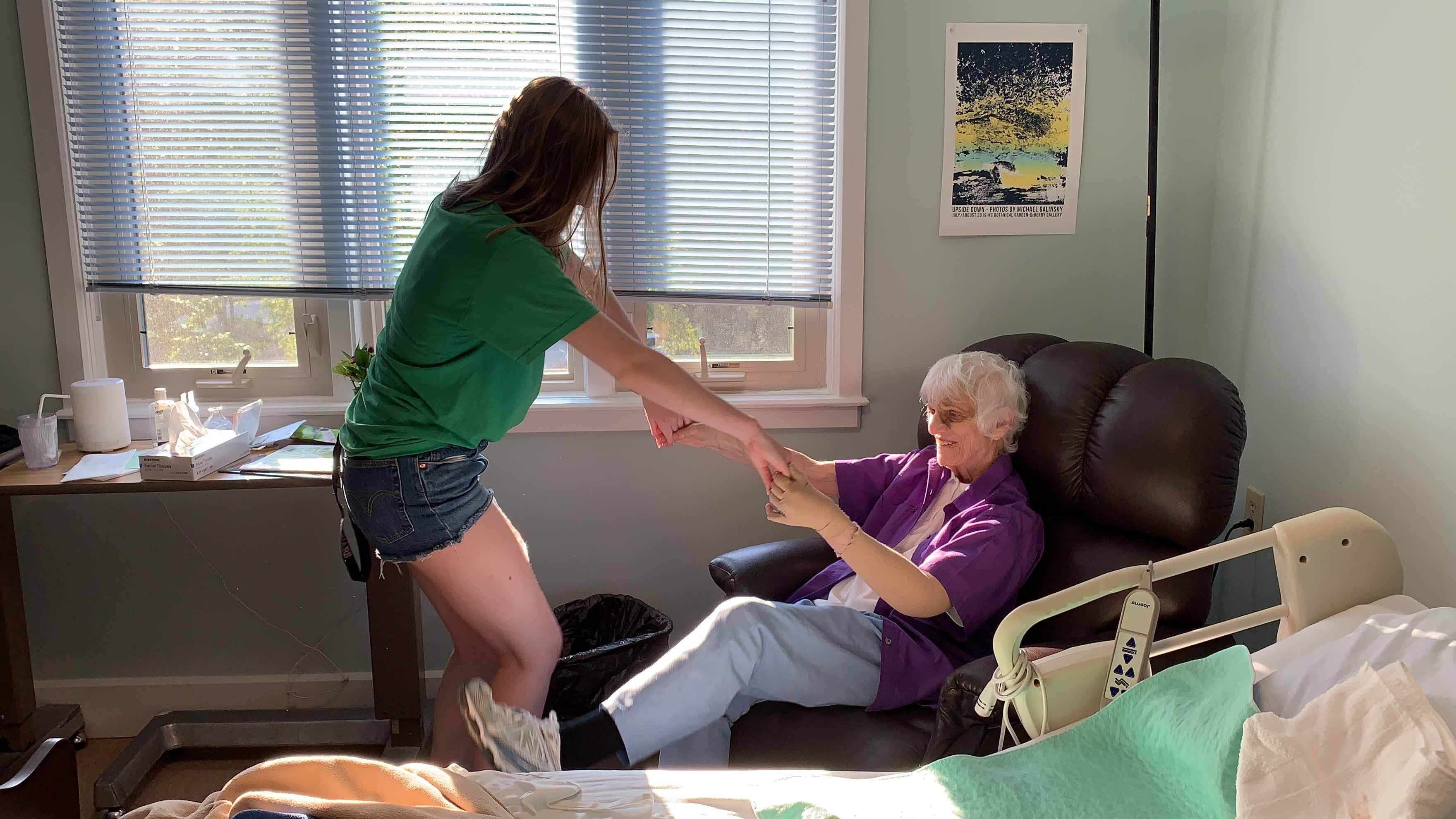
I’ve spent the last few years trying to figure out how to let go of frustration, and I feel like I’m making progress. Life is not linear. This has been a hard year. Right now, I’m on the, “mom is declining” roller coaster. It’s hard to get one’s bearing when the coaster keeps making up and down moves. Still, like all rollercoasters, gravity is pulling it towards the end. I’m making a lot of images and videos of her, but I’m also being very conscious. At one point, the camera was my shield. Right now, it’s a tool for processing. It’s hard to be present during the suffering, and it’s a joy to be there for the joy. I’m a little less present for the suffering, but hope that the videos and images will help me be more present with the situation as I continue to move forward.

No Comments